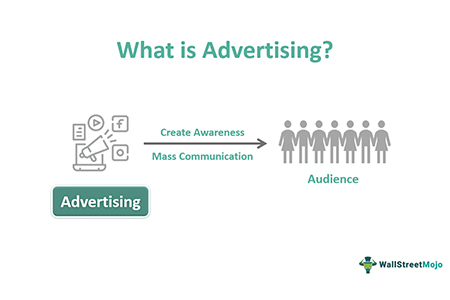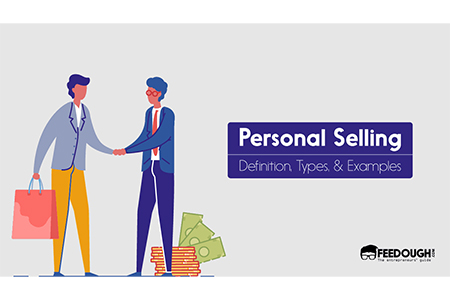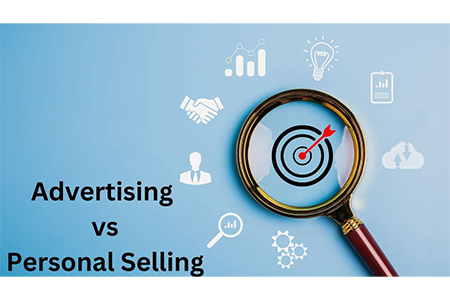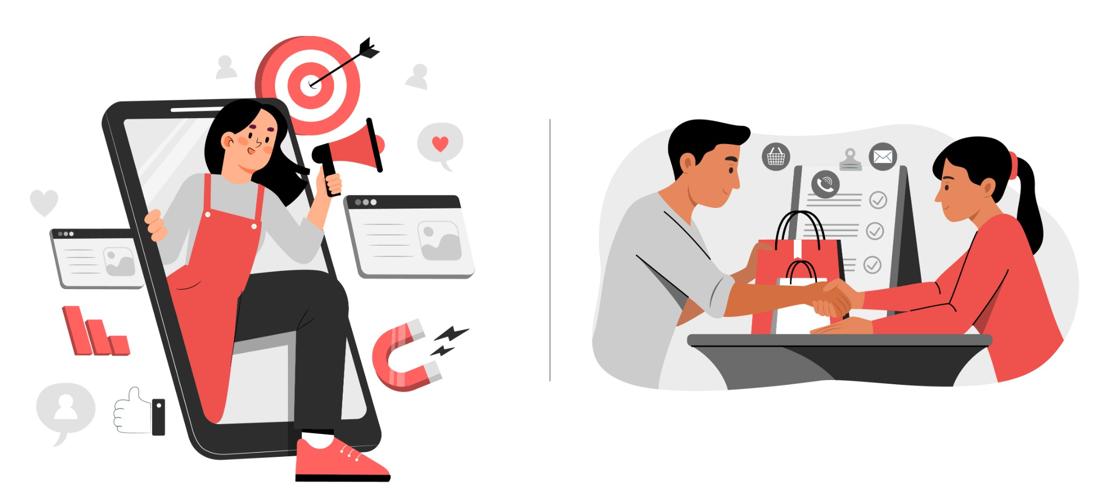What is Advertising?
Advertising is a mass communications marketing method that is capable of informing, persuading, and impacting mass audiences. Advertising is sending messages strategically into the media, television, radio, print, and the web in order to generate brand awareness, build interest, and stimulate consumer action. Advertising establishes brand image and creates long-term customer relationships by generating feelings, desires, and needs. It's not merely product or service marketing but storytelling that appeals to the public.
The power of advertising lies in its scope, millions can be affected through a single campaign. Its purpose is beyond sales; it shapes public opinion, generates loyalty, and often defines a brand's personality. Whether product launching or establishing market awareness, advertising does an ever-present speaking that speaks value on a mass level. With evolving technology and the strength of data analysis, advertising is nowadays more effective and focused than ever before, and advertising has turned into an essential element of any marketing campaign.

What is Personal Selling?
Personal selling is a face-to-face, one-to-one method of marketing in which a sales representative directly interacts with potential customers to learn their needs and deliver customized solutions. This mode is distinct from mass communication, as it is based on relationships and trust generated through one to one communication. It is an interactive two-way process where questions are answered immediately, problems are fixed immediately, and solutions are customized in the moment. This is also the reason why personal selling works wonders with high-value, high-complexity, or high-specialty products, where informing and reassuring the customer are most crucial.
The salesperson is no longer just a representative but also a consultant, advisor, and brand ambassador. It is his ability to feel the customer's behavior and feedback that places personal selling in a league of its own. It's a strategy rooted in human relationships and argumentative communication, fundamental to business-to-business (B2B) selling and industries wherein customization is a dominant factor in buying decisions. Personal selling not only makes the sale when done right, but it also generates loyalty and long term customer relationships.

Advertising vs Personal Selling
| Criteria | Advertising | Personal Selling |
|---|---|---|
| Approach | Impersonal and mass communication | Personalized, one-on-one interaction |
| Communication Style | One-way, message is broadcasted | Two-way, interactive and adaptive |
| Cost | High initial cost but low per-customer cost | High per-customer cost due to labor/time |
| Effectiveness | Best for brand awareness and wide reach | Best for closing sales and handling objections |
While both selling and personal selling aim to sell and promote, their implementation is far from similar. Advertising conveys a single message to a mass audience, tending to create awareness and interest. Personal selling, nonetheless, operates on important contacts, converting interest into choices by means of dialogue. The choice between the two relies on the kind of product, budget, and audience. Together, they could support each other in order to bring about a complete marketing program.

The choice between the two depends on product type, target audience, and budget. When used together, they can form a powerful marketing mix where advertising builds interest and personal selling closes the deal.
Conclusion
Advertising and personal selling play different but supporting roles in the marketing mix. Advertising is good at mass communication, perfect for creating awareness, launching new products, or reinforcing brand presence to large audiences. It's quick, extensive, and usually inexpensive to do in large quantities. Personal selling, on the other hand, is all about specificity and detail, it performs well where human interaction, trust, and customized information are most critical, such as with high-investment or niche purchases. And while advertising throws the net far and wide, personal selling brings in the customer with individualized concern.
Probably the most powerful marketing tactics are a combination of both. For example, advertising stimulates interest, which is then nurtured and developed into a sale through personal selling. Once all the variables have been weighed, the final choice of employing one or both tools will be made by your customer base and product and your business objectives. An effective marketing plan recognizes each technique's unique power and implements it at the best times to maximize effectiveness.
Frequently Asked Questions (FAQs)
Personal selling must be applied to high-value, complicated products such as industrial equipment or property, in which customer contact and extensive explanation are crucial.
Advertising will generate awareness and build interest, so it is simpler for salespeople to discuss prospects with an already existing foundation.
Advertising entails high initial expenses but lower per-customer costs. Personal selling has uncertain costs, usually higher, but may produce higher ROI in specialized or high-ticket markets.
Yes, personal selling tends to be more effective in B2B situations, whereas advertising is suitable for mass-market B2C campaigns aimed at reaching wider audiences.
Customers anticipate fast, concise, and persuasive messages in advertisements, but in personal selling they anticipate attention that is personalized, in-depth knowledge, and two-way communication.
Advertising is measured by metrics such as impressions, click-through rates, and conversions. Success in personal selling is measured by sales performance, customer comments, and the duration of the relationship.



